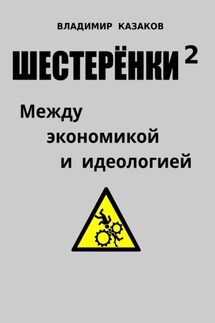At the Mountains of Madness - страница 5
Lake’s sub-expedition into the unknown, as everyone will recall, sent out its own reports from the shortwave transmitters on the planes; these being simultaneously picked up by our apparatus at the southern base and by the Arkham at McMurdo Sound, whence they were relayed to the outside world on wave lengths up to fifty meters. The start was made January 22nd at 4 A.M., and the first wireless message we received came only two hours later, when Lake spoke of descending and starting a small-scale ice-melting and bore at a point some three hundred miles away from us. Six hours after that a second and very excited message told of the frantic, beaver-like work whereby a shallow shaft had been sunk and blasted, culminating in the discovery of slate fragments with several markings approximately like the one which had caused the original puzzlement.
Three hours later a brief bulletin announced the resumption of the flight in the teeth of a raw and piercing gale; and when I dispatched a message of protest against further hazards, Lake replied curtly that his new specimens made any hazard worth taking. I saw that his excitement had reached the point of mutiny, and that I could do nothing to check this headlong risk of the whole expedition’s success; but it was appalling to think of his plunging deeper and deeper into that treacherous and sinister white immensity of tempests and unfathomed mysteries which stretched off for some fifteen hundred miles to the half-known, half-suspected coast line of Queen Mary and Knox Lands.
Then, in about an hour and a half more, came that doubly excited message from Lake’s moving plane, which almost reversed my sentiments and made me wish I had accompanied the party:
“10:05 P.M. On the wing. After snowstorm, have spied mountain range ahead higher than any hitherto seen. May equal Himalayas, allowing for height of plateau. Probable Latitude 76°15′, Longitude 113°10′ E. Reaches far as can see to right and left. Suspicion of two smoking cones. All peaks black and bare of snow. Gale blowing off them impedes navigation.”
After that Pabodie, the men and I hung breathlessly over the receiver. Thought of this titanic mountain rampart seven hundred miles away inflamed our deepest sense of adventure; and we rejoiced that our expedition, if not ourselves personally, had been its discoverers. In half an hour Lake called us again:
“Moulton’s plane forced down on plateau in foothills, but nobody hurt and perhaps can repair. Shall transfer essentials to other three for return or further moves if necessary, but no more heavy plane travel needed just now. Mountains surpass anything in imagination. Am going up scouting in Carroll’s plane, with all weight out.
“You can’t imagine anything like this. Highest peaks must go over thirty-five thousand feet. Everest out of the running. Atwood to work out height with theodolite while Carroll and I go up. Probably wrong about cones, for formations look stratified. Possibly pre-Cambrian slate with other strata mixed in. Queer skyline effects – regular sections of cubes clinging to highest peaks. Whole thing marvelous in red-gold light of low sun. Like land of mystery in a dream or gateway to forbidden world of untrodden wonder. Wish you were here to study.”
Though it was technically sleeping time, not one of us listeners thought for a moment of retiring. It must have been a good deal the same at McMurdo Sound, where the supply cache and the Arkham were also getting the messages; for Captain Douglas gave out a call congratulating everybody on the important find, and Sherman, the cache operator, seconded his sentiments. We were sorry, of course, about the damaged aeroplane, but hoped it could be easily mended. Then, at 11 P.M., came another call from Lake:









